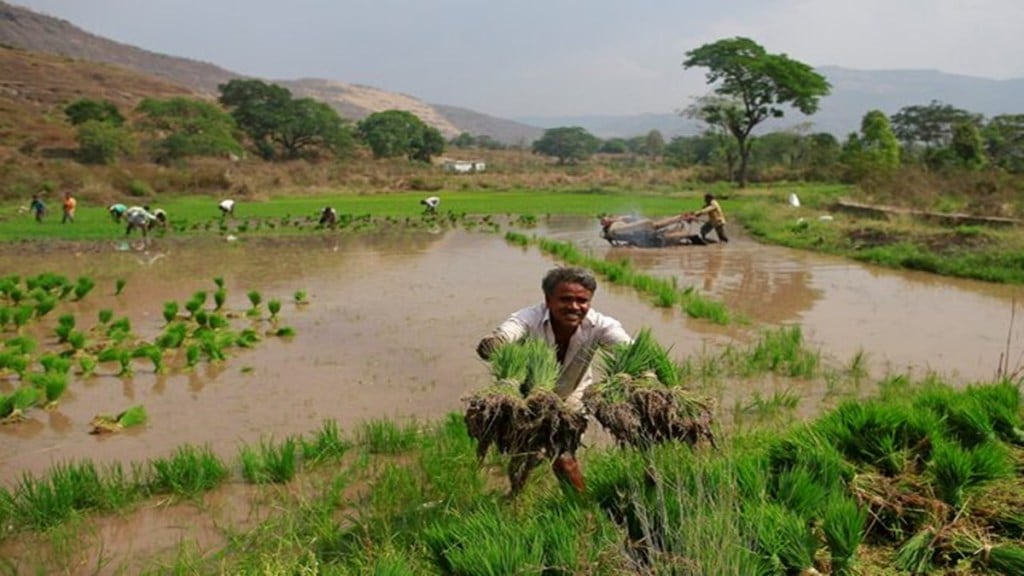An expert panel has suggested inclusion of tenant farmers, more diverse agri-activities under the modified interest subvention scheme (MISS). It also recommended an increase in the rate of interest subvention.
“The scope of agriculture is expanding and with newer technologies and concepts, more activities need to be considered under the umbrellas of MISS,” the interim report of the committee for reviewing the scheme said.
The panel has suggested inclusion of various activities that are supplementary for crop production and marketing under interest subvention initiative to ensure steady and fair remuneration to farmers.
According to the report, inclusion of more activities will have a direct impact on small holders farmers engaged in cultivating horticulture crops and also farmers engaged in organic and following certified management of crops.
At present the MISS does not cover capital for seedlings or saplings of plantation crops.
To ensure that a large section of landless and tenant farmers get agri-credit, the panel has suggested development of robust and alternative model from existing joint liability groups (JLGs) launched by Nabard two decades ago which allows informal groups of 4-10 individuals to collectively guarantee loans.
“JLGs have increased financial inclusion, they face systematic issues such as a lack of formal organisation structure, inadequate monitoring and misuse,” the report noted.
According to estimates, there are 140 million farmers in the country and out of these around 35% – 40% do not own lands and engaged in tenancy farming.
The committee has also recommended interim enhancement of rate of interest subvention for short term loans for agriculture and allied activities through kisan credit cards (KCCs), given to banks from 1.5% to 2% as the repo rate has increased by 2.5 points in the last couple of years.
The panel has recommended to the agriculture ministry, department of financial services, RBI, Nabard to resolve the existing issues associated with ‘time consuming’ agri-loan restructuring due to natural calamities under MISS.
Under the MISS, farmers holding KCCs are provided short-term agri-loans of up to Rs 3 lakh at 7% interest per annum to meet working capital requirements. The scheme provides additional interest subvention of 3% for prompt repayment, reducing the effective rate of interest to 4%. For 2025-26, the government has announced that the agri-credit limit is being enhanced to Rs 5 lakh annually for allied activities other than crop husbandry.
Institutional credit flow to the agriculture sector by financial institutions has risen nearly three times from Rs 8.5 lakh crore (FY15) to over Rs 28 lakh Crore in 2024-25, mostly attributed to formalisation of the rural credit structure according to bank officials.
This includes 1.24 lakh and 44.4 lakh KCCs issued to fisheries and animal husbandry activities, respectively.
As per the budget estimate, the agriculture has allocated Rs 22,600 crore for FY26, at the same level of revised estimate of FY25 for MISS. In the last 10 years, Rs 1.44 lakh crore worth of interest subsidy has been released on KCC loans, according to an official statement.
Last year, the Reserve Bank of India’s move to hike collateral-free short-term loans for farmers to Rs 2 lakh from Rs 1.6 lakh, is expected to equip smallholder farmers to adapt to the rising cost of farming.
MISS also includes post-harvest loans against negotiable warehouse receipts (NWRs) for small holders farmers with KCCs.
